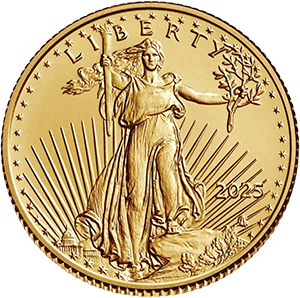
In this post, we’ll dive deep into the design of the Susan B. Anthony Dollar, analyzing both the obverse and reverse. While the coin’s controversial design may have contributed to its lack of popularity, it’s essential to understand the symbolism and historical context behind it.
Obverse: The Legacy of Susan B. Anthony
Susan B. Anthony was a leading figure in the suffrage movement, advocating for women's right to vote. Her face was chosen to appear on the dollar to honor her tireless work in securing women’s rights.
-
Design and Features: The portrait is a classical, full-profile bust of Anthony, framed by the inscriptions "LIBERTY" and the year of minting. The coin also includes "IN GOD WE TRUST" and "E PLURIBUS UNUM."
-
Why Anthony? Anthony was chosen not just for her historical importance but for her direct link to the fight for women’s rights. Her work led to the eventual ratification of the 19th Amendment, which gave women the right to vote.
Reverse: The Apollo 11 Eagle
The reverse features a stylized eagle landing on the moon, a design based on the Apollo 11 mission patch, which commemorates the historic 1969 landing of U.S. astronauts on the moon. The reverse design connects the coin to one of the greatest achievements in American history: space exploration.
-
Symbolism of the Eagle: The eagle, representing the U.S. government, was meant to symbolize strength and achievement. The choice to link the dollar to the space race was fitting for the era of its release, as the Apollo 11 mission was still fresh in the national consciousness.
-
Why This Design Didn’t Stick: While the eagle on the moon was an iconic design, it was also very much associated with the Eisenhower Dollar, which had used a similar motif. As a result, many felt that the Susan B. Anthony Dollar lacked a distinctive identity.
Next Step: In the next post, we’ll take a closer look at some of the rare varieties and minting errors of the Susan B. Anthony Dollar that make these coins so sought-after by collectors.

